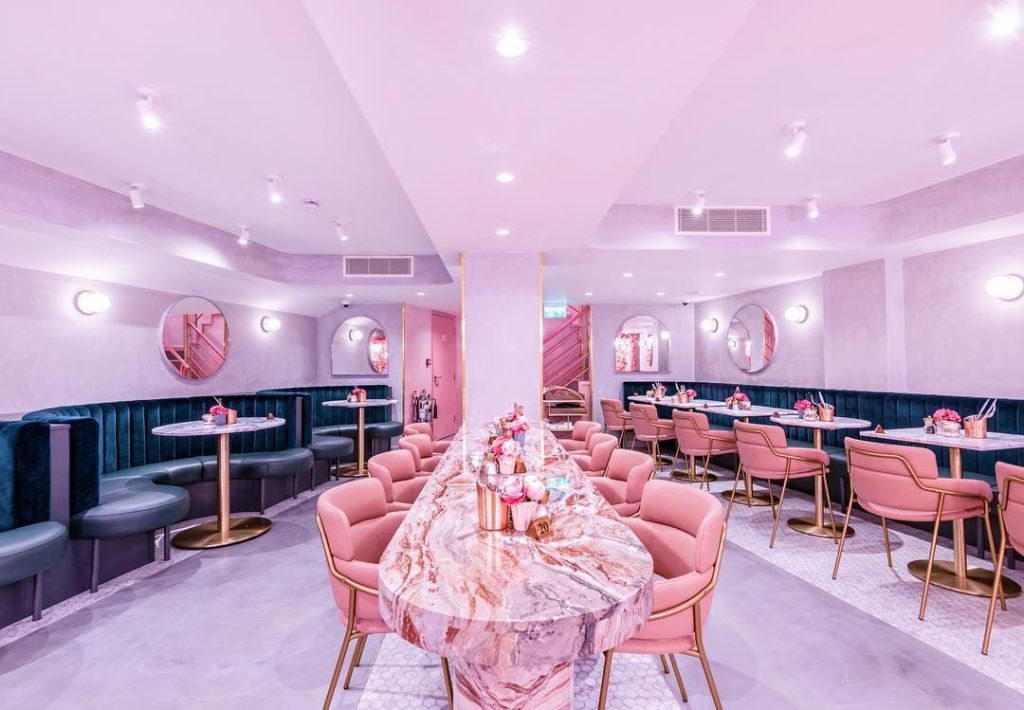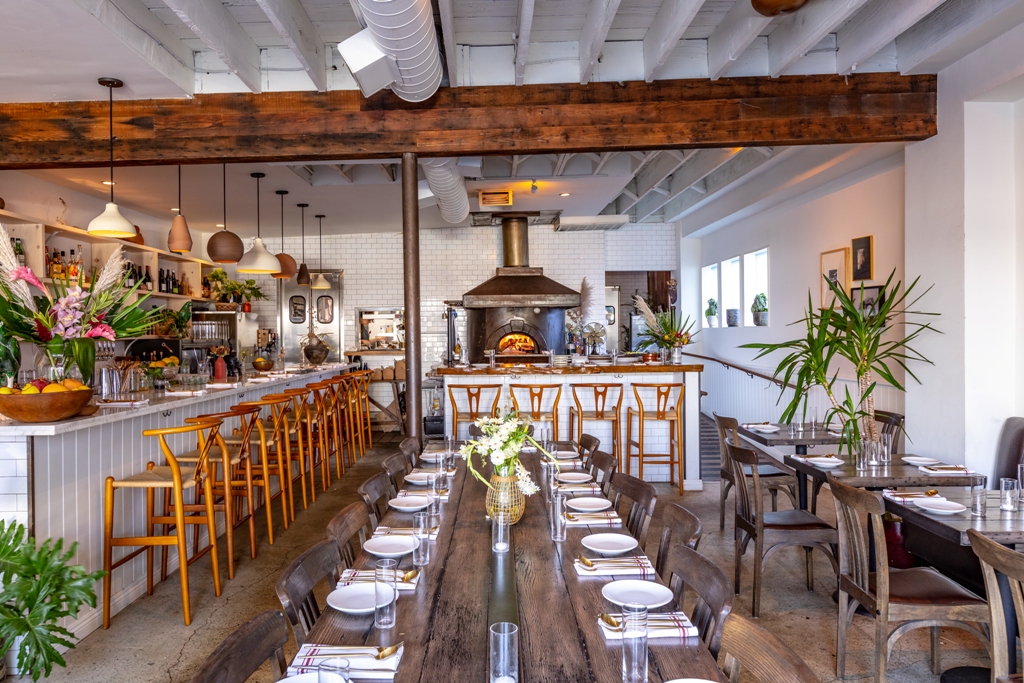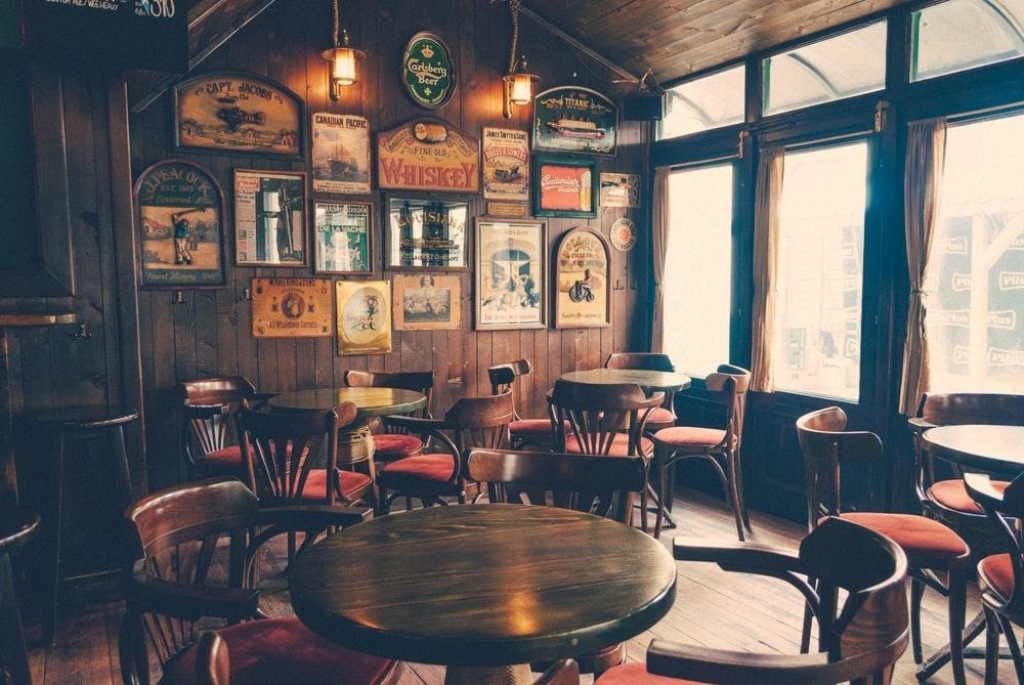The rustic design aesthetic is making waves in the home and culinary design scene. Local coffee shops, trendy cafes, and homey American fare restaurants everywhere are working on nailing the rustic aesthetic with their restaurant designs. This design philosophy has an appreciation for simplicity and natural details, often focusing on achieving an interior aesthetic that matches the beauty found outside.
There are several variations to the rustic design, like industrial rustic, modern rustic, rustic chic, and other close outliers like bohemian. They all have subtle differences and apparent similarities. Some parts of rustic design really capitalizes on a rural vibe, while others, like industrial rustic, focus less on rural elements and more on natural elements.
If you own a restaurant and are looking to add some rustic charm to your space, it’s overwhelming to know where to begin. How do you know if you’re picking the right colors, furniture, and décor? How can you ensure that you’re nailing the rustic design aesthetic? Here are four tips for nailing the rustic aesthetic in your restaurant, café, bar, or coffee shop.
Tip#1: Focus on the Colors

Generally, you’ll want to stick to a neutral color palette. Focus on earthy, warm colors. Greens, deep browns, and deep greys are all standard base colors. You can choose accent colors like blue or red, but you’ll typically want to stay within the primary wheelhouse for accent colors. The rustic color palette revolves on what’s found in nature, so that means that wild neon colors won’t cut it. Then, pair all your neutral colors with textiles that amp up the cozy, rustic factor.
Tip #2: Mixing Metal and Wood
For restaurants going for a rustic design aesthetic, it’s most often closer to rustic industrial design (versus rural). This branch off of traditional rustic is all about merging rustic natural elements with sleek industrial elements. There’s no easier way to do this by mixing rural-inspired restaurant table tops with industrial-inspired legs. For instance, taking reclaimed wood table tops and pairing them with steel hairpin legs is an excellent way to nail the rustic industrial vibe.
Tip #3: Focus on Lighting

The rustic design focuses on lighting that either mimics or relies on natural lighting, or lighting that feels cozy. For your restaurant, café, or coffee shop, go for barn lights for a direct homage to the rustic aesthetic. Opt for candles if you’re going for an intimate feel.
Tip #4: Add Natural Elements
Anywhere appropriate, add elements of nature. If you want to go for extreme rustic design, add fur rugs, antelope horns, taxidermy, and plants. However, if you’re going for more of a contemporary rustic infusion, you can add it via natural elements. For instance, incorporate raw stone, wood, or handcrafted furniture. Incorporate handmade quilts and throws. Add artwork that addresses the rustic, rural vibes.
The Rustic Design Aesthetic
Overall, the rustic design aesthetic is a design philosophy founded on an appreciation for simplicity. Whether you want your restaurant to have a pure rural rustic or more contemporary rustic design elements, there are a few tips to nail the rustic design aesthetic. Focus on simplicity and go for natural, earthy, neutral colors. Mix materials often, like metal with wood.

Ensure that your lighting feels like natural lighting or evokes a feeling of rural comfort and add natural elements throughout the entire space.
From flowers, to natural stone, refurbished wood, and more, you’ll want to include as many natural elements as possible. Experts say that the real defining factor of the rustic design aesthetic is the emphasis on bringing the splendor of the outside world to the inside. As long as you keep it simple and follow these four straightforward tips, you’ll be nailing the rustic design aesthetic in your restaurant in no time.






